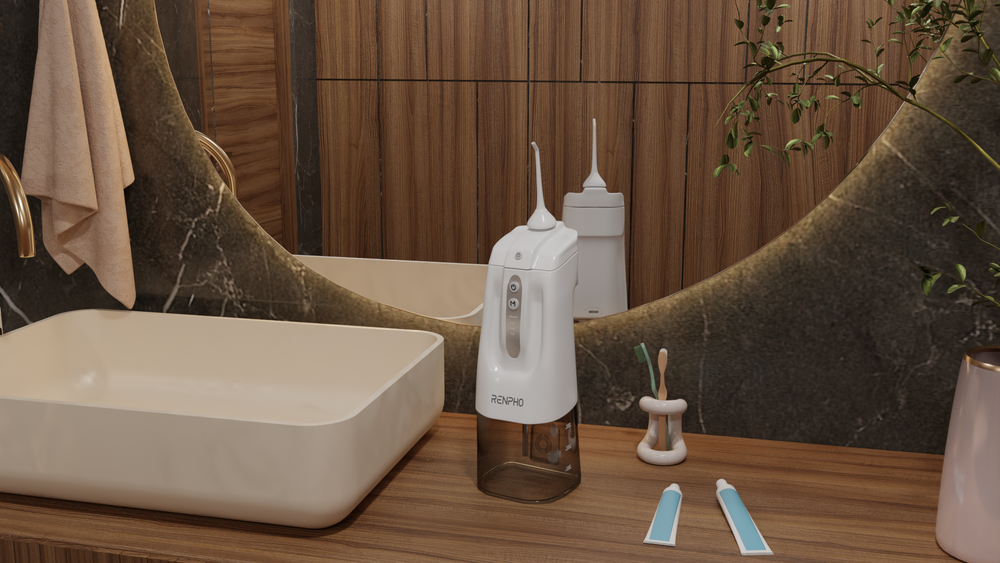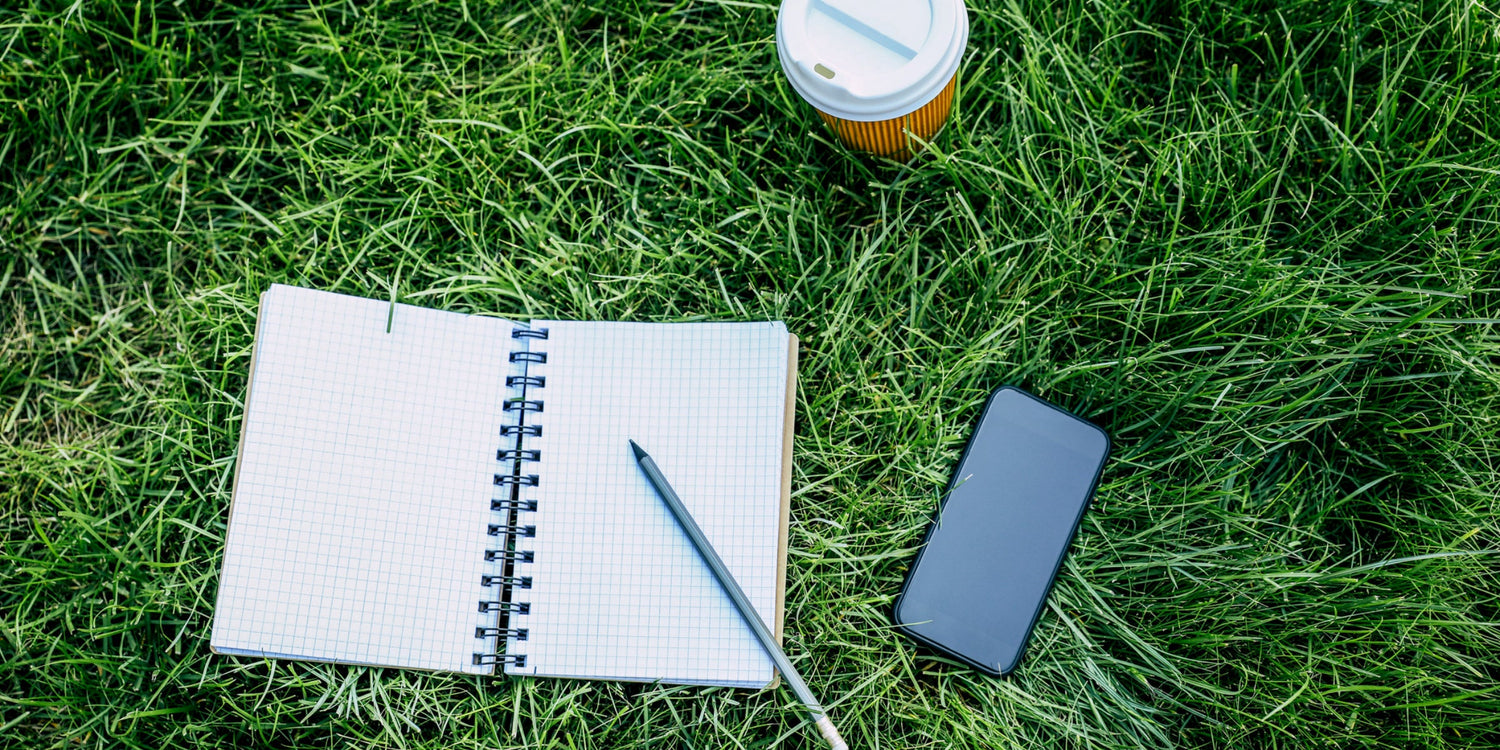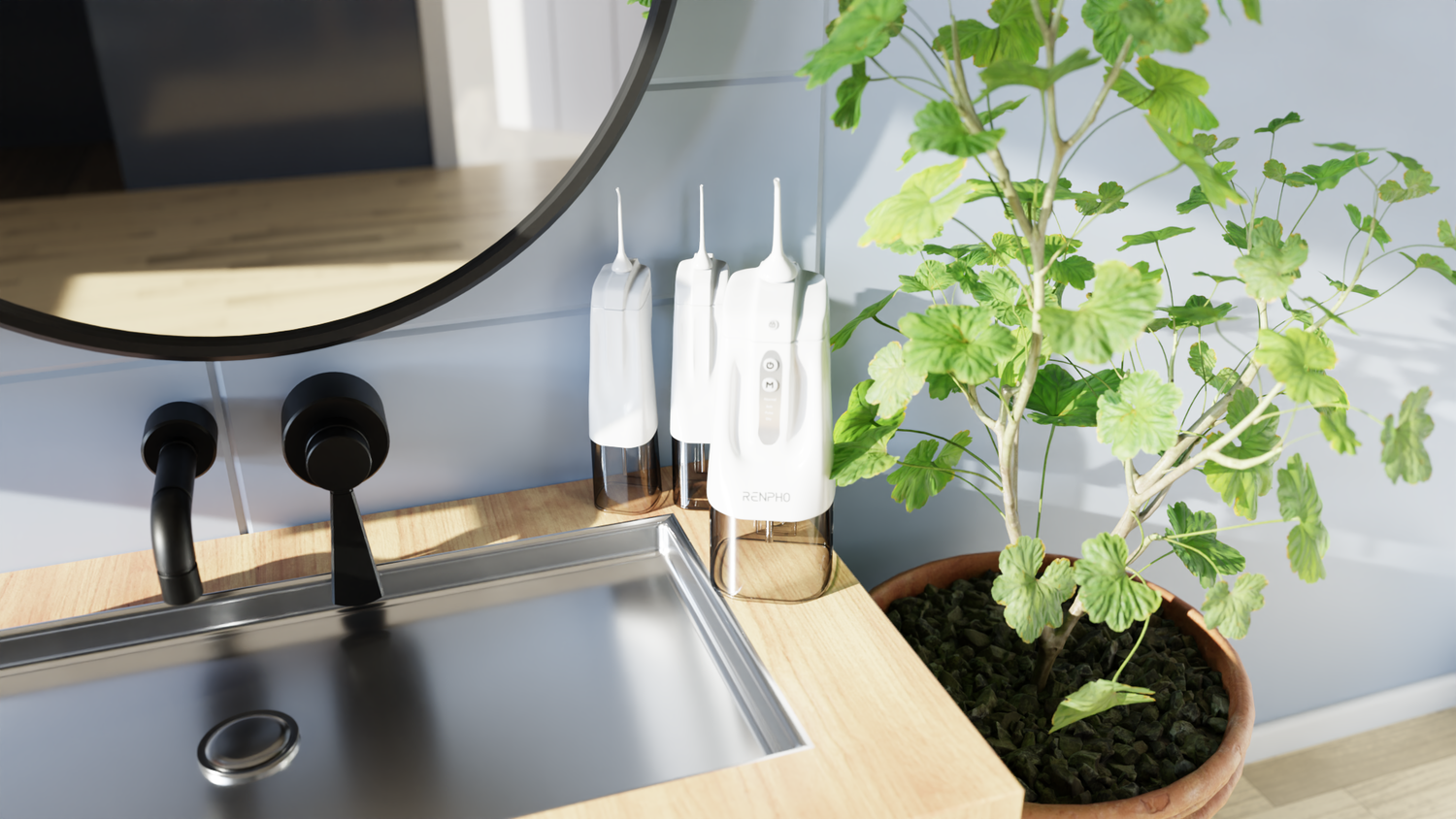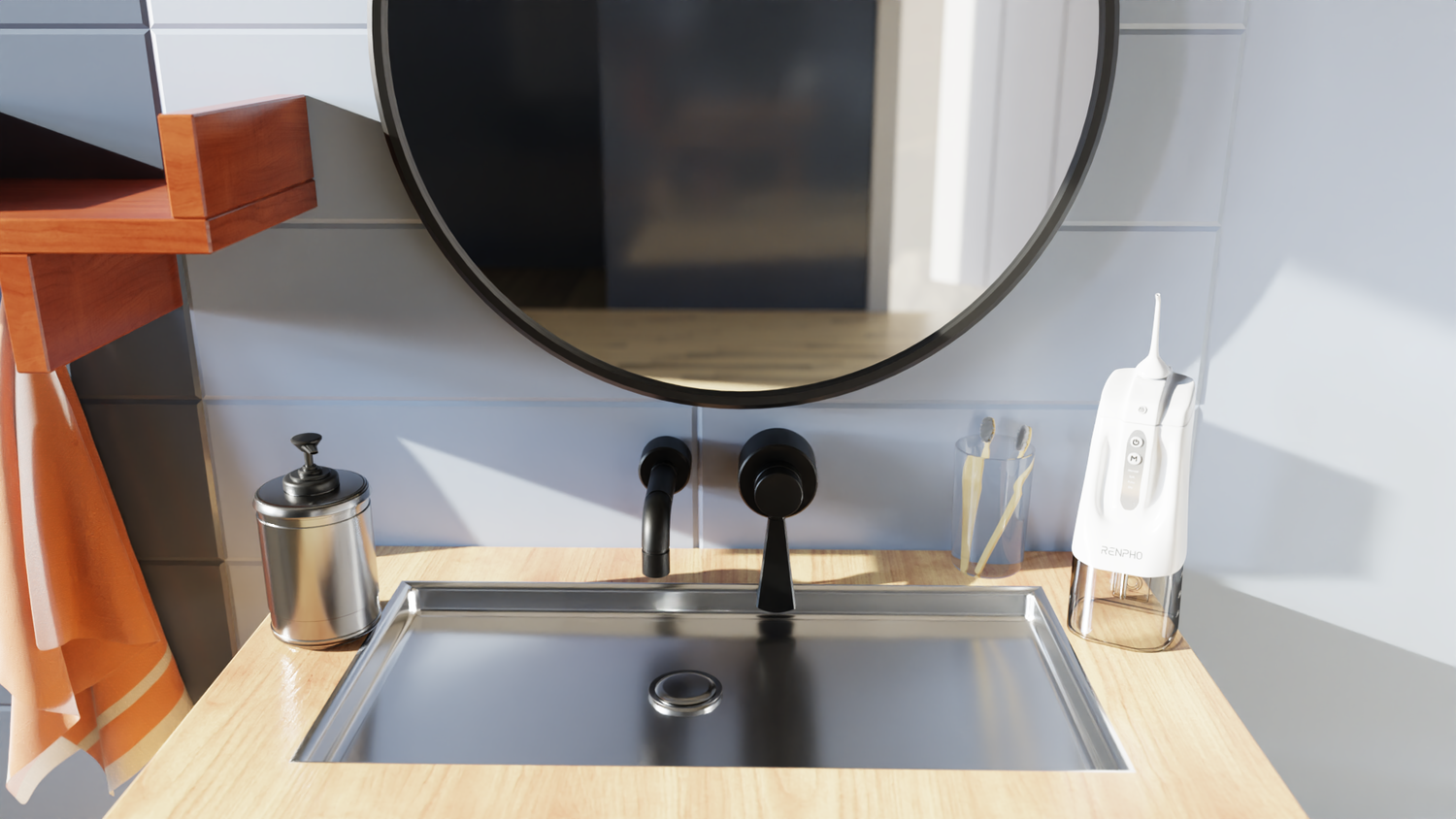Everything You Need to Know When Using Water Flossers for Braces

Stay tuned to our latest news
Maintaining oral hygiene is crucial, especially with braces. While dental flossing can be challenging and time-consuming, water flossers, also known as oral irrigators or dental water jets, have made oral care more convenient and effective. These tools use a targeted stream of water to remove plaque, debris, and food particles from hard-to-reach places. But the question is, can you use water flossers with braces? Are they effective?
Let’s dive into everything you need to know about using water flossers for braces, from the benefits they offer to the proper techniques for optimal results. Hopefully, this blog will equip you with the knowledge and tips to achieve a healthy, confident smile while wearing braces.
Why Is It Important to Floss with Braces?

Flossing with braces is extremely important, as it can be challenging to clean around the brackets and wires. Food particles, plaque, and bacteria easily accumulate around braces, often leading to gum issues and the formation of tartar. Regular flossing can be difficult because dental floss may get stuck or even break around the braces. This is where a water flosser becomes invaluable.
A water flosser helps combat gum inflammation, cavities, and plaque buildup in the hard-to-reach areas common with braces. The pulsating water from the flosser effectively removes debris and bacteria from around the brackets and wires, helping to maintain good oral hygiene during orthodontic treatment.
In addition, using a water flosser can also save time and effort compared to traditional flossing. The powerful stream of water can reach places that traditional floss cannot, making it easier to maintain a clean and healthy mouth while wearing braces.
What Is a Water Flosser?

A water flosser, also known as an oral irrigator, is a device that uses a stream of pulsating water to remove food particles, bacteria, and plaque from between the teeth and below the gum line. This oral hygiene tool is often used as an alternative to traditional dental floss and can be particularly beneficial for individuals with braces, dental implants, or other dental work that make flossing difficult.
With different pressure settings and nozzle attachments, water flossers can be customized to meet the needs of each user and provide a thorough and effective cleaning. This device is becoming increasingly popular as a convenient and effective tool for maintaining good oral health and preventing gum disease.
Benefits of Using a Water Flosser
Water flossers offer numerous benefits for oral hygiene and orthodontic care. They have been proven to reduce plaque and gum irritation, promoting healthier gums and preventing gum disease.
One of the key advantages of using a water flosser is its ability to reach areas that traditional flossing may miss, ensuring a more thorough cleaning. This can help prevent tooth decay and reduce the risk of periodontal pockets, which are linked to gum disease. Water flossers are also gentle yet effective, making them suitable for individuals with dental work such as crowns and fillings.
Can a Water Flosser Replace Traditional Floss?
A water flosser is a useful tool for cleaning between teeth and along the gumline, but it has limitations compared to traditional flossing. While it can help remove food particles and debris, a water flosser is not as effective at removing plaque and visible film on teeth. As a result, using a water flosser alone may not provide a thorough clean.
Nevertheless, it is advisable to incorporate both traditional flossing and a water flosser into your dental routine for optimal oral health. Traditional flossing can effectively remove plaque and film on teeth, while the water flosser can reach areas that are difficult to access with regular floss. By using both methods together, you can achieve a comprehensive cleaning of the teeth and gums.
When using a water flosser, it is important to consider hygiene and safety, especially if sharing the device with others. Be sure to thoroughly clean and sanitize the water flosser after each use and avoid sharing tips or nozzles to prevent the spread of bacteria or germs.
How to Use a Water Flosser for Braces

If you have braces, using a water flosser can help you maintain good oral hygiene. Here are the steps for using a water flosser for braces:
- Fill the reservoir with lukewarm water. You can also add a small amount of mouthwash for extra cleanliness.
- Set the intensity mode to your preference. For those with braces, it is best to start with a low to medium setting to avoid any discomfort.
- Select the nozzle stream that is designed for braces. This nozzle is specifically designed to clean around and under brackets and wires.
- Hold the water flosser at a 90-degree angle and clean tooth-by-tooth along the gum line. Focus on areas where food particles tend to get stuck, such as around the brackets and wires.
It is important to remember that using a water flosser should not replace your regular brushing and flossing routine. Maintaining a complete oral hygiene routine, including brushing, flossing, and using a water flosser, is essential for overall mouth health, especially for those with braces. Additionally, regular dental appointments are crucial for maintaining healthy teeth and gums while wearing braces. By incorporating a water flosser into your routine and keeping up with dental check-ups, you can ensure that your mouth stays healthy throughout your orthodontic treatment.
Can You Put Mouthwash in a Water Flosser?
Yes, you can put mouthwash in a water flosser, but it's important to do so properly. To add mouthwash to a water flosser, fill the reservoir with less than 50% of standard or antiseptic mouthwash. After use, remember to rinse out the reservoir thoroughly to prevent buildup. |
Takeaway
Maintaining oral hygiene with braces can be a challenge, but water flossers offer a convenient and effective solution. By using one, you can effectively remove plaque, debris, and food particles from those hard-to-reach places, reducing the risk of gum issues and maintaining a healthy smile.
While they have numerous benefits, they should not replace traditional flossing entirely. It is still important to incorporate regular flossing and brushing into your oral care routine. By combining these methods, you can achieve a comprehensive cleaning of your teeth and gums.
When using a water flosser for braces, it's crucial to follow proper techniques. Fill the reservoir with lukewarm water, select a nozzle designed for braces, and clean tooth-by-tooth along the gum line, paying special attention to areas where debris tends to get trapped. And don't forget to maintain overall oral health by visiting your dentist regularly.
Incorporating a water flosser into your daily routine, along with regular dental check-ups, will help you achieve and maintain a healthy, confident smile while wearing braces. So, take advantage of the benefits that water flossers offer and enjoy the convenience and effectiveness they provide in your oral hygiene journey.
Renpho Health Tips
-

Habit Stacking: Incorporating Healthy Habits into Your Routine
January 29, 2024
Read more >
-

How to Brew Your Way to Better Health with Tea Infusions
January 23, 2024
Read more >
-

Smoothie Sensations: How to Make Delicious and Energizing Drinks for Your Day
January 21, 2024
Read more >
-

Making the Right Choice: Your Essential Water Flosser Buying Guide
January 22, 2024
Read more >
-

Why You Need a Water Flosser This 2023
November 7, 2023
Read more >




